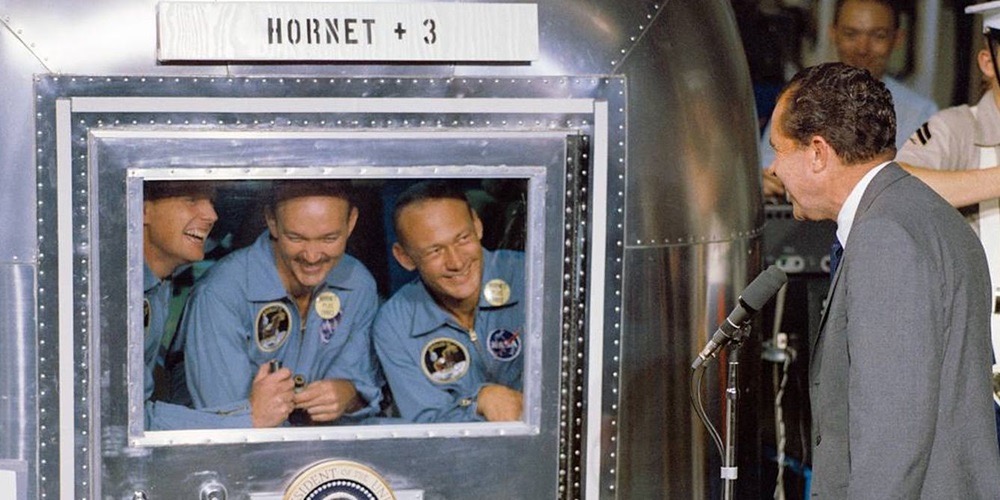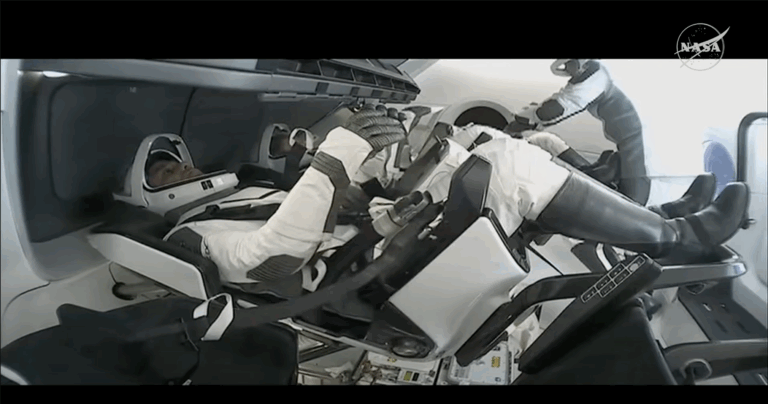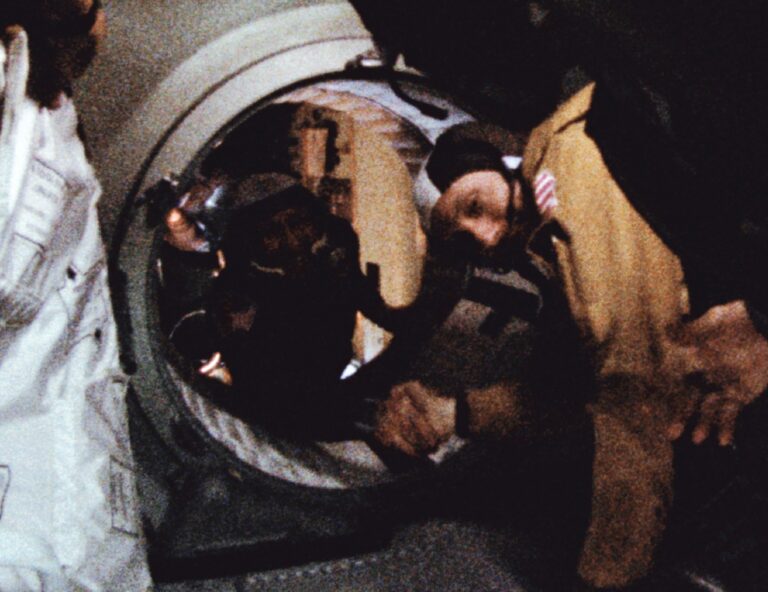Key Takeaways:
Remember when you were a kid on the playground trying to swing high enough to shoot yourself to the Moon? Although that might have been an impossible goal, the company SpinLaunch is taking the idea of using kinetic energy to launch things into space very seriously. In fact, their most recent test flight even caught the seemingly impossible act on film.
SpinLaunch is a California-based company established in 2014 with the goal of using a unique kinetic launch system to send satellites into low Earth orbit at a reduced cost and with a smaller environmental impact than traditional rocket launches. SpinLaunch achieved its first successful launch in October 2021, and they have since tested various vehicle designs and launch speeds. However, last month was the first time the company strapped a camera onto their 10-foot-long (3 meter) test vehicle, allowing them to gauge both the vehicle’s flight pattern and movement.
According to the company, for their latest camera-equipped flight, the payload was fired at about 1,000 mph (1,600 km/h) — or 1.3 times the speed of sound — over Spaceport America in the New Mexican desert. Although the company did not provide any altitude date for this flight, previous tests saw payloads climb as high as 30,000 feet (9,150 m). But keep in mind, SpinLaunch’s unique approach to spaceflight results in payloads experiencing up to 10,000 times the force of gravity — far greater than the roughly 9 gs that humans can very briefly survive.
Although the resulting video is clearly pretty spectacular, the company still has more work to do before it begins sending satellites beyond our atmosphere. According to the SpinLaunch website, the company is working with several companies, including NASA, and expects to be ready for real launches beginning in 2025.









